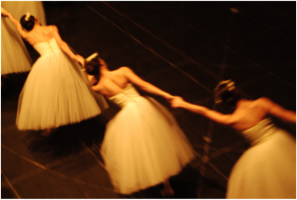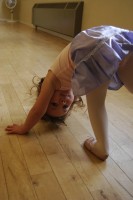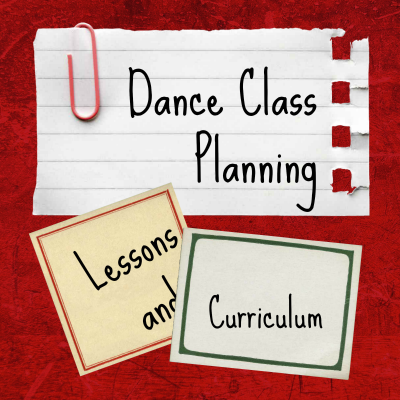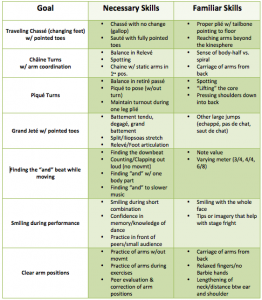If your child is asking, investigate the reasons she wants to take a new or additional dance class. Costume style, choreography, musical accompaniment, or maintaining friendships may be no less valid or less important to her than the desire to enhance her skills. Dance should be fun, too! Do not devalue or brush away these motivations, they are part of the equation.
skills
Ready, Set, Stop: How To Teach Mind-Body Skills By Not Moving
To illustrate this, I ask my students to become aware of how their body feels as it works against gravity. I ask them to put their hands above their heads and then to be still. I remind them, “you are in charge of your body,” “your brain tells your body what to do,” and then we wait.
A Prescription for Students Who’ve Skipped the Basics
If you are working with a group and finding that the students have missed some important information along the way, it is not too late to get back to basics and back on track. You can do so without making the students feel like they’ve been demoted to Dance 101.
Class Planning Part Two: Focusing on Skills and Concepts in Lesson Plans
Just as strong technique brings freedom to the dancer, a strong lesson structure brings freedom to teaching. Here are two types of lesson plans that will enliven your teaching and engage your students.
Class Planning Part One: Developing a Curriculum Outline
I begin with the goal, the endpoint, the ideal, and then decide how to get there. If I am designing curriculum for a workshop the aims may be fewer and less grand than if I’m planning curriculum for an eight-year course of study.
Mustering their Motivation: Strategies for Engaging and Inspiring Students
It can be hard to want to pour more of yourself into inspiring lackluster learners. But, as a teacher, you feel compelled to instill a passion for dance. So, how can you motivate students in a way that won’t deplete your energy reserves?






![[image] Two dancers lying on the floor, lift their backs into an arch as they reach upward [image]](https://www.danceadvantage.net/wp-content/uploads/2011/01/reaching-dancers-floor-arch-236x200.jpg)
